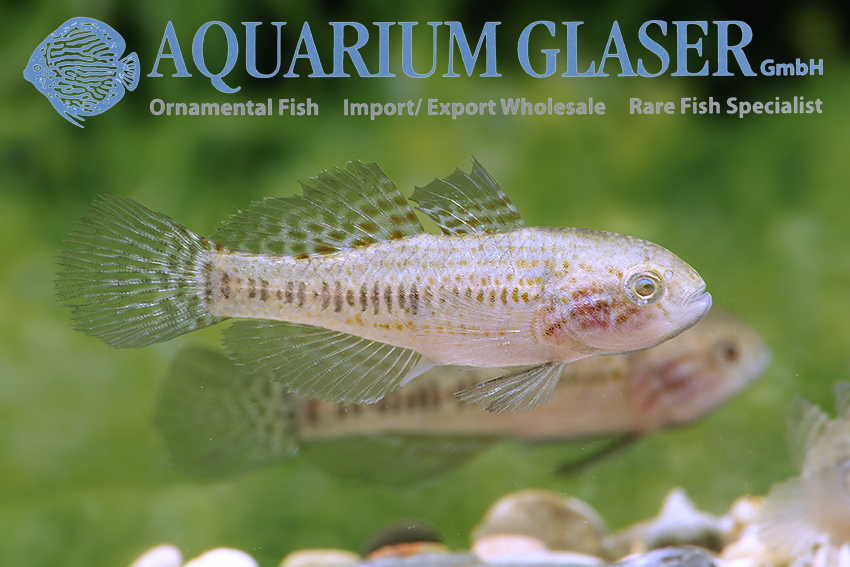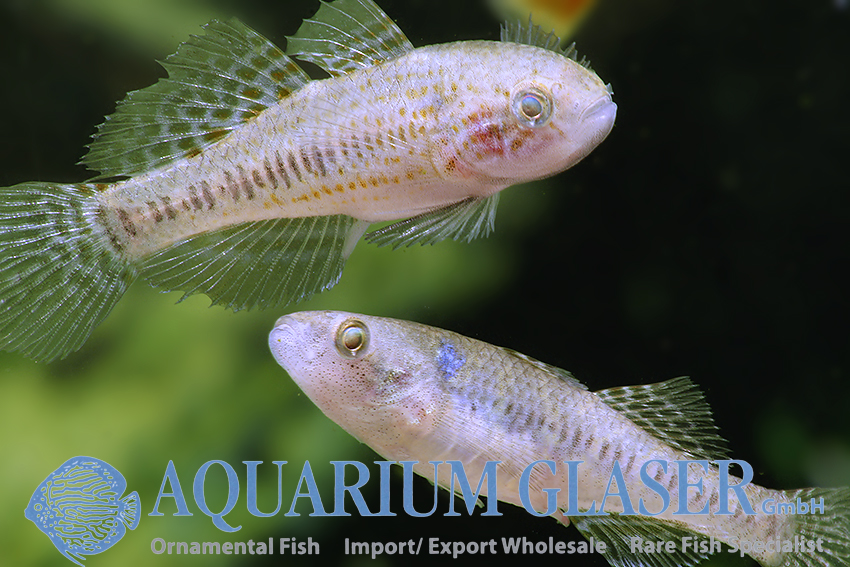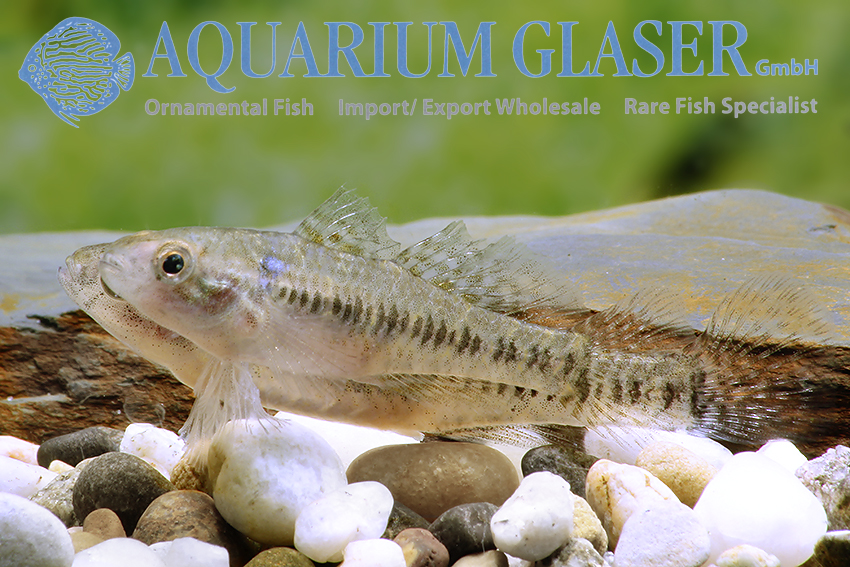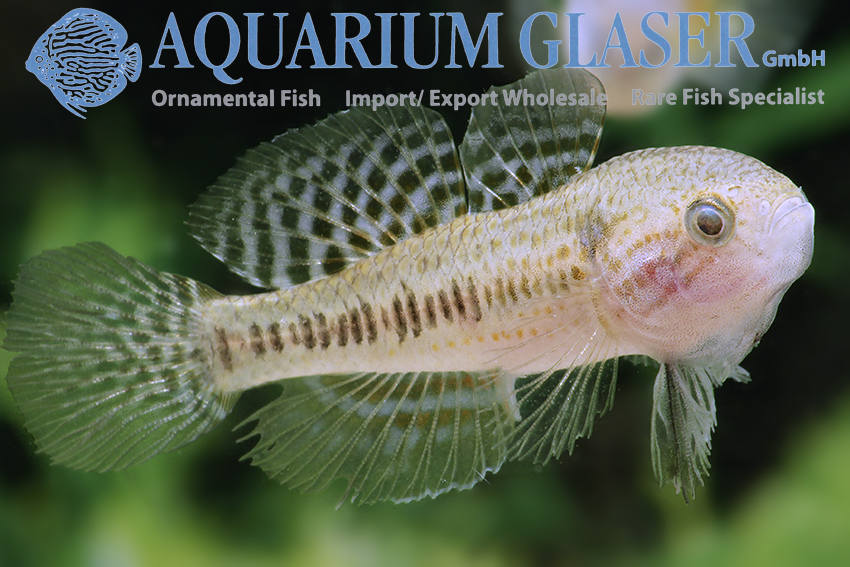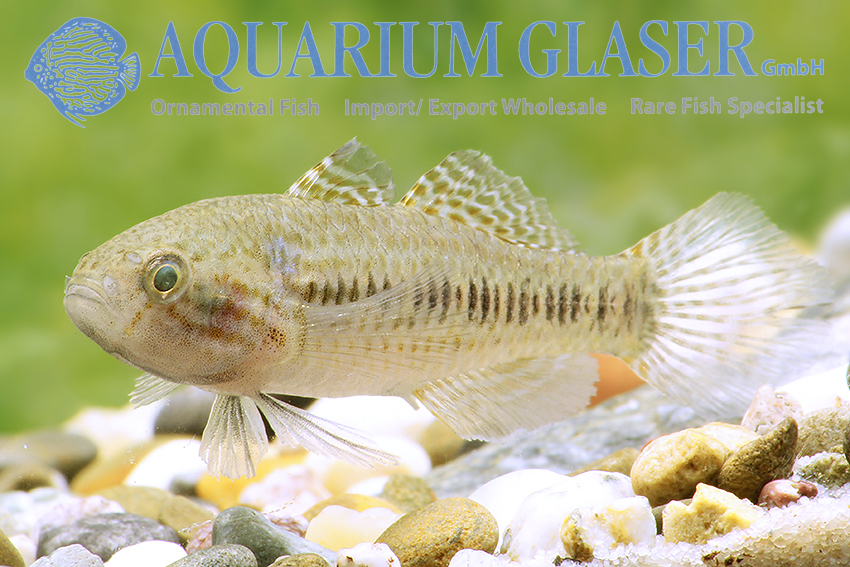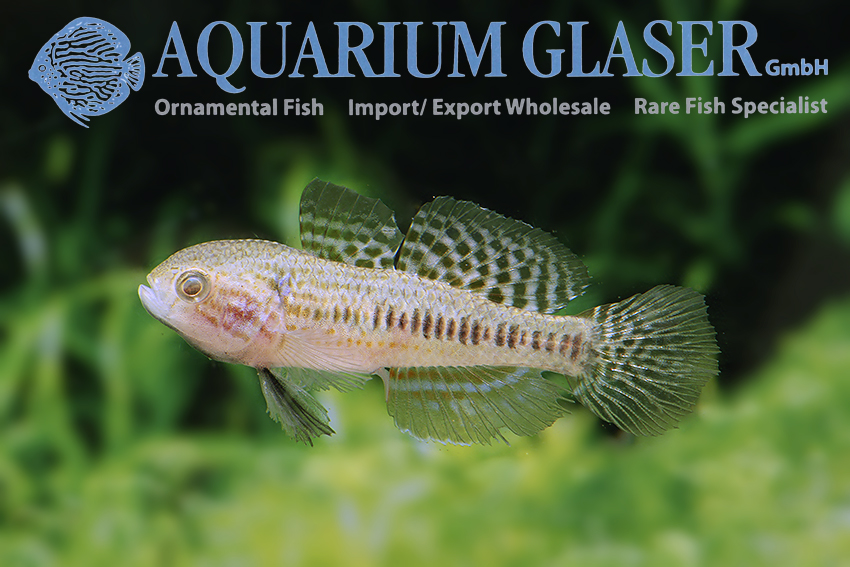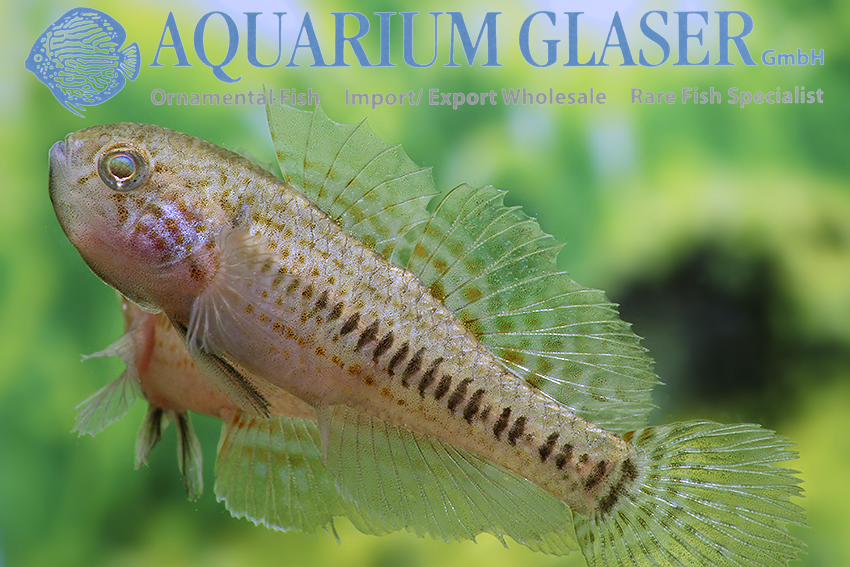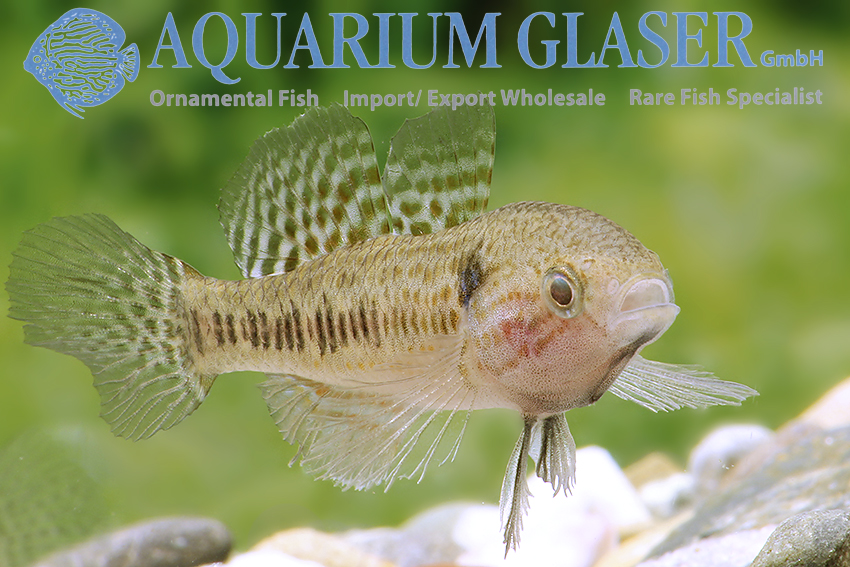This is one of the gobies imported as an ornamental fish shortly after the beginning of the 2nd century (1905) already. Since then she has always found her friends, but was never very popular in the hobby. This is probably due to the quite impressive size that this goby, which is widespread along the West African coast, can reach (up to 15 cm are given in the literature) and the fact that it is believed to have to be kept in brackish water. As with most brackish water fish, however, it is not the salt but the pH value that is important: in principle, the pH value should not fall below 8 in such animals, even at pH 7 many specimens show discomfort already. This is known from marine aquariums, where the pH must be permanently above 8.
Already in the earliest literature it is reported that the species spawns readily and the young brood is very numerous and tiny. While the old authors state that spawning takes place in plants, newer authors also describe spawning in caves (common in sleeper gobies). In nature, the gobies migrate a bit upstream during the rainy season and spawn in flooded areas in pure fresh water.
Because of the smallness of the offspring, most sleeper-gobies are hardly bred at all. We were quite surprised to be offered offspring in good size (4-5 cm). We are even more surprised, however, that these animals are obviously already sexually mature. The males have strong bulging heads, as known from Tateurndina ocellicauda, black throats and ventral fins and much larger fins than the females. In addition, they are constantly performing courtship display. Maybe our Batanga gobies originate from a dwarf form not yet documented, who knows?
Batanga (in most current literature this genus is placed in synonym of Dormitator) lebretonis is an open water fish that, unlike most gobies, swims everywhere in the middle water layers. If these gobies are constantly on the ground, something is wrong. Then the health of the animals and the pool equipment should be subjected to a critical examination.
For our customers: the animals have code 128302 on our stocklist. Please note that we only supply wholesalers.
Text & photos: Frank Schäfer





